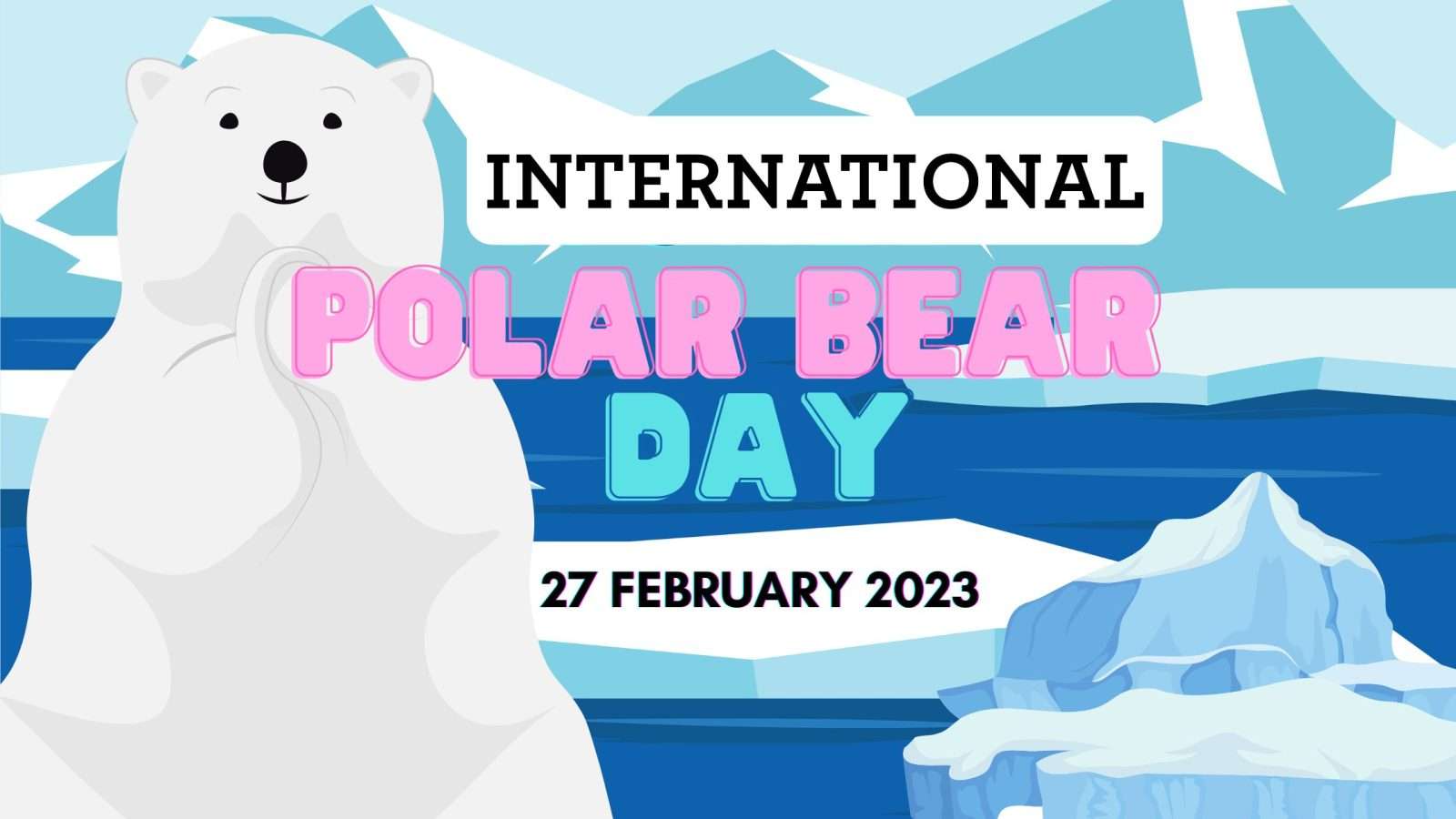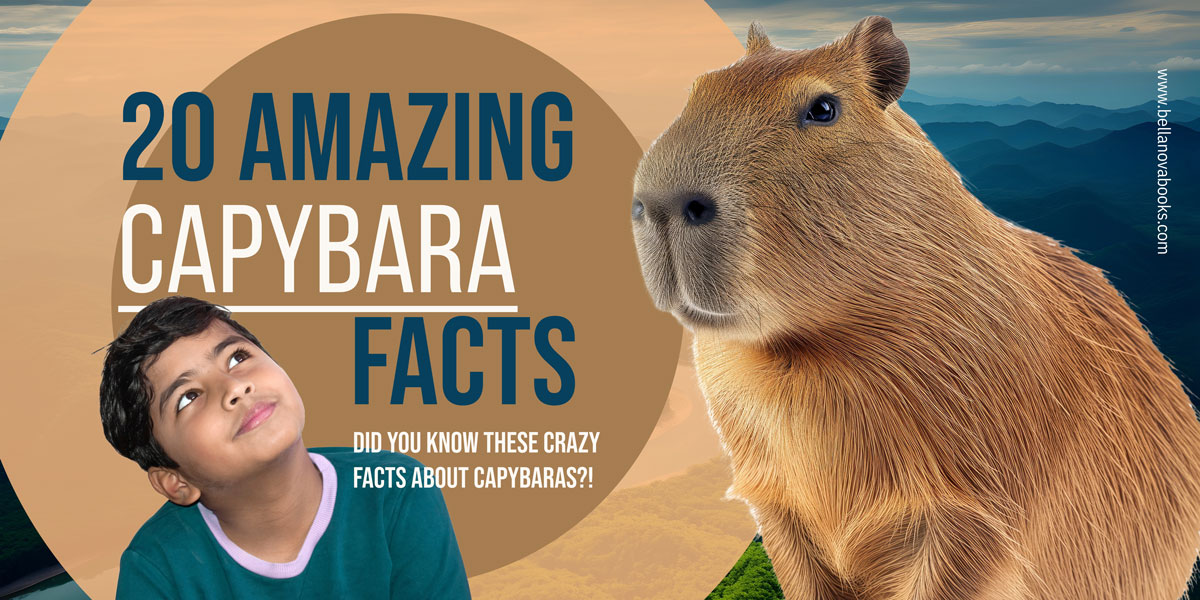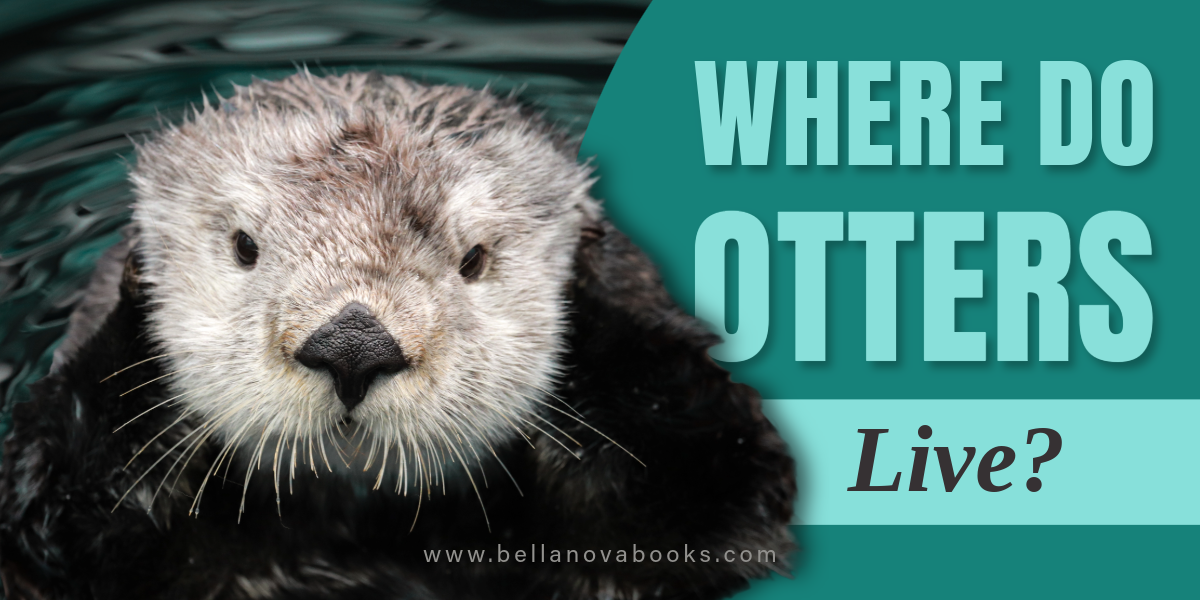
International Polar Bear Day: Why it Matters
International Polar Bear Day is an annual event celebrated on February 27th to raise awareness about the conservation of these magnificent animals and the challenges they face in their natural habitats. Polar bears are iconic symbols of the Arctic, and their survival is linked to the entire ecosystem’s health. However, polar bears are under threat due to climate change, loss of sea ice, pollution, and hunting. This blog post will explore why International Polar Bear Day matters and what we can do to protect these magnificent animals.

Polar Bears: The Basics
Polar bears are large carnivorous mammals that live in the Arctic. They are the largest land carnivores in the world, with adult males weighing up to 1,500 pounds and standing up to 10 feet tall on their hind legs. Polar bears have thick white fur that helps them blend in with their snowy surroundings, and their large paws are specially adapted to help them walk on ice and snow.
Polar bears are solitary animals that typically live and hunt alone, although they may form temporary groups to scavenge or mate. They are opportunistic predators that feed on a variety of prey, including seals, fish, and even other polar bears. Polar bears have a keen sense of smell that allows them to detect prey from a great distance, and they are skilled swimmers that can stay underwater for up to two minutes.

Challenges Facing Polar Bears
Polar bears face a number of challenges that threaten their survival, including climate change, loss of sea ice, pollution, and hunting. Climate change is perhaps the greatest threat to polar bears, as rising temperatures are causing the sea ice to melt earlier and freeze later each year, reducing the time that polar bears have to hunt for food. As a result, many polar bears are suffering from malnutrition and starvation.
Pollution is also a major threat to polar bears, as they are exposed to high levels of toxins throughout the food chain. While illegal in many areas, hunting continues to be a problem in some regions, particularly where polar bears are seen as a threat to human communities.

Conservation Efforts
Despite the many challenges facing polar bears, there are reasons to be hopeful. Conservation organizations, governments, and individuals are working to protect polar bears and their habitats. For example, efforts are underway to reduce greenhouse gas emissions and slow the pace of climate change, which would help preserve the Arctic ecosystem and the sea ice on which polar bears depend.
In addition, many organizations are working to raise awareness about the importance of polar bears and the need to protect them. Scientific research is also providing valuable insights into the biology and behavior of polar bears, which can inform conservation efforts.

What YOU can do
There are many ways that you can help protect polar bears, even if you don’t live in the Arctic!
Learn about polar bears
One of the best ways to celebrate International Polar Bear Day is by learning as much as you can about these amazing animals. Many resources are available to help kids and adults learn about polar bears, including books, websites, and educational programs. One book we highly recommend is “The Ultimate Polar Bear Book for Kids,” which is packed with interesting facts and beautiful photographs to help kids understand these incredible animals.
Take action to protect polar bears and their habitat
Another great way to celebrate International Polar Bear Day is by taking action to protect polar bears and their habitat. One simple way to do this is by reducing energy use at home and encouraging others to do the same. Polar bears rely on sea ice to hunt, so reducing our carbon emissions can help slow down the melting of Arctic sea ice and make a difference for these animals. Kids can also encourage their families to support organizations that are working to protect polar bears and their habitats, such as the World Wildlife Fund and Polar Bears International.
Get involved in local conservation efforts
In addition to taking action at home, you can also get involved in local conservation efforts to help protect polar bears. This might include joining a local conservation group, participating in beach cleanups to remove trash from the ocean, or supporting businesses that are committed to sustainable practices.

Spread the word about polar bears and their challenges
Sometimes helping out is as simple as spreading the word about these amazing animals and the challenges they face. Tell your friends and family about what you have learned about polar bears, and encourage them to get involved in conservation efforts as well. You can also write letters to your elected officials, asking them to support policies that protect polar bears and their habitat.
Have fun and get creative
Finally, celebrate International Polar Bear Day by having fun and getting creative! This is especially important for kids. This might include dressing up as polar bears, creating artwork or crafts inspired by polar bears, or even hosting a polar bear-themed party. The important thing is to have fun while also learning about and supporting these incredible animals.

Final Thoughts
In conclusion, International Polar Bear Day is an important occasion to raise awareness about the conservation of these magnificent animals and the threats they face in their natural habitats. Polar bears are an integral part of the Arctic ecosystem, and their survival is linked to the health of the entire region. By taking action to reduce our carbon footprint and support conservation efforts, we can help ensure that polar bears continue to thrive in the years to come.

Want to learn more about polar bears? The Ultimate Polar Bear Book for Kids is the perfect resource for young nature enthusiasts and animal lovers who want to learn more about these magnificent creatures. Packed with stunning photographs and fascinating facts, this book takes readers on a journey to the Arctic to discover polar bears’ biology, behavior, and conservation status. With easy-to-understand language and engaging content, this book is a great way to inspire a lifelong love of learning and nature in children.
Sources
Polar Bears International. (2022). World Polar Bear Day. Retrieved from https://polarbearsinternational.org/get-involved/world-polar-bear-day/
National Wildlife Federation. (n.d.). Polar Bear. Retrieved from https://www.nwf.org/Educational-Resources/Wildlife-Guide/Mammals/Polar-Bear
WWF. (2022). Polar Bear. Retrieved from https://www.worldwildlife.org/species/polar-bear
U.S. Fish and Wildlife Service. (n.d.). Polar Bear. Retrieved from https://www.fws.gov/alaska/pages/bearinfo/polarbear.htm
The Guardian. (2021). Polar bear numbers could drop by a third by mid-century, says study. Retrieved from https://www.theguardian.com/environment/2021/feb/25/polar-bear-numbers-could-drop-by-a-third-by-mid-century-says-study





